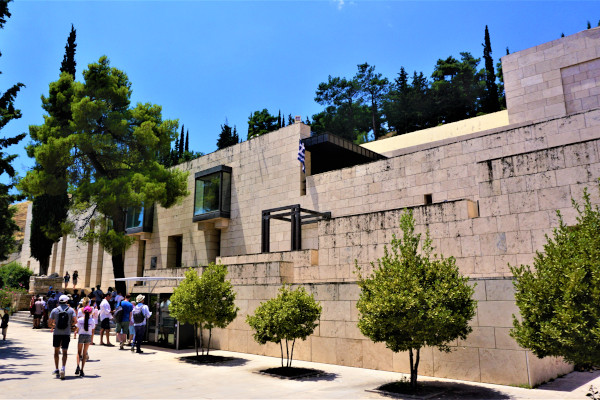Without any doubt the Archaeological Museum of Delphi is one of the most important museums in the country. It presents the history of the most famous oracle of the ancient Greek World and hosts some of the most important items found during excavations in the holy city of Delphi.
The first building that housed the museum was built in 1903, designed by the French architect Tournaire and financed by the great benefactor Andreas Syngros. The building had two wings and was hosting the findings of the major French excavation of 1892. Later in 1958, there was a radical renewal of the building designed by the architect Patroklos Karantinos.
Through the years the museum's collections are constantly enriched with recent excavations findings. Some major highlights were the gold and ivory objects found during excavations of the sacred way in 1975. In 1999 the last major renovation of the museum by the Ministry of Culture followed an extensive rearrangement of the exhibits.
Today the areas of the museum cover a total area of 2,270 square meters and include fourteen rooms. Among others, the guest is able to admire the famous Charioteer, the sculpture that represents the "navel of the Earth", the pediments of the temple of Apollo as well as a series of sculptures of the Hellenistic Age. After the last renovation, a modern reception area, a cafeteria, and a souvenir shop were created.
